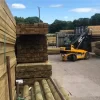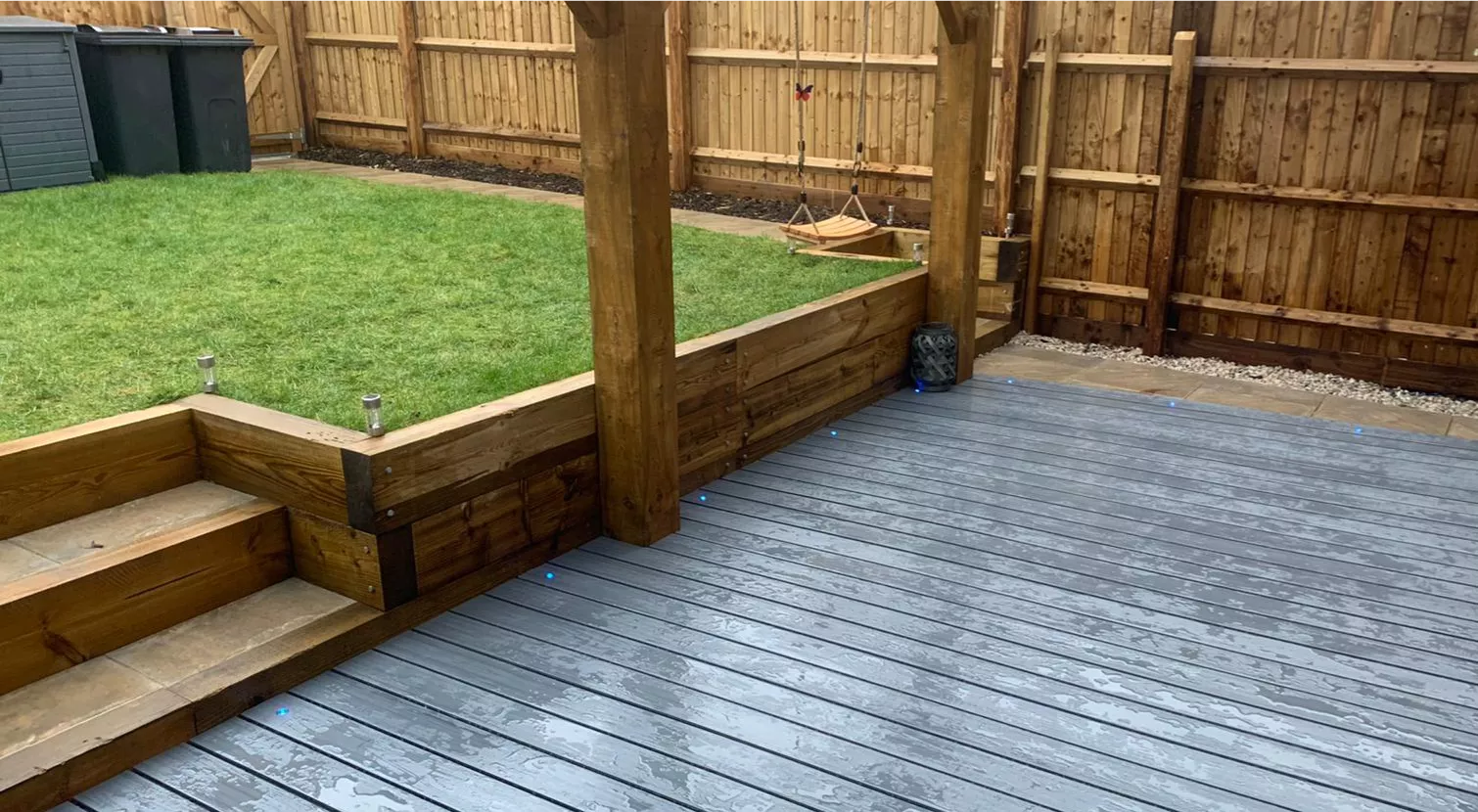Your basket is currently empty!
The New Build Snag Checklist
The New Build Snag Checklist
TL;DR This article is about...
Our New Build Snag Checklist is the perfect guide for new homeowners With this checklist in hand, you can ensure that all of your new construction projects are completed to the highest standard. Our blog provides detailed explanations of common snags that could arise on a building project, helping you to identify potential problems quickly and enabling you to take action before they become major issues.
Are you the proud owner of a brand new home?
Congratulations! Moving into your new property is an exciting adventure, but it’s important to make sure that any snags are resolved quickly. Property developers have a duty to put right any issues before handing over the keys – so what should you look out for when inspecting your building snagging?
Here our new build checklist includes the top 10 most common snags in new homes and explain how to ensure they’re fixed as soon as possible.
Our new build snag checklist
- Leaking roofs– water damage can cause major problems and can take time to emerge. Make sue you properly check that roofing felt is correctly installed and all joints properly sealed. Checking that tiles are all properly secured especially paying particular attention to ridge tiles installation is essential.
- Poorly installed windows– Mistakes in properly fitting windows are difficult to resolve at a later date. Gaps around window frames or damaged window locks should be examined.
- Inadequate insulation- has this been installed to the correct depth and in all external walls? Since 2003 building regulations recommend a depth of at least 270mm (mineral or glass wool in the loft. You should use this as minimum and a starting point. There should also be adequate air circulation to avoid damp. Ensure these are not blocked by poorly installed insulation.
- Faulty electrics- This can also include poorly installed light switches and plug sockets. Ensure they are properly screwed to the wall and are secure. Also are they level? A light socket installed that isn’t level will be a long term irritant.
- Water damage to walls or ceilings – Again water damage can be expensive to put right and introduce damp and mould often in unseen places. This can be hard to remove later. It’s important to thoroughly inspect the property from top-to-bottom, paying particular attention to areas such as around window frames where water ingress is most likely to occur – any signs of dampness may indicate a potential problem with the property’s insulation or weatherproofing system which must be resolved by the developer before moving day arrives.
- Cracked plasterwork, uneven surfaces and gaps in skirting boards are all common building snags that should be corrected before you move in – but these can sometimes be harder to spot than more obvious problems like a leaking roof or faulty electrics!
- Unfinished tiling and other decorating issues shouldn’t go unchecked either; if tiles aren’t properly sealed they can start cracking after only a few months so it pays off in the long run to ensure that everything looks perfect before signing on the dotted line!
- Similarly, small defects like chips and scratches on paintwork need not ruin your dream home – again, ask for them to be fixed up as soon as possible so you don’t have any unpleasant surprises once you’ve moved in!
- Ill fitting or poorly hung doors- Ensure you check the operation of all doors both internally and externally. Make sure they aren’t catching on any tiling or carpets and are fitted properly into the door linings.
- Finally look out for plumbing issues such as leaky pipes or taps that won’t turn off completely – these could spell disaster further down the line if left unresolved now, so make sure they’re addressed quickly too!
How to undertake a building snag survey?
The best way to check for building snags is by conducting a professional survey – this will give you an accurate assessment of any potential issues that need to be addressed before moving in. A qualified surveyor should be able to inspect the property and issue a detailed report outlining any areas that require attention, or even suggest further investigations if something more serious has been found.
This type of inspection can also prove invaluable when it comes to negotiating with your developer; if they refuse to rectify certain problems then having proof from a third-party could help strengthen your case and ensure that all snagging is resolved before signing the final contracts!
How much does a professional snag survey cost?
The cost of a professional snag survey will depend on the size and age of your property, as well as any specific requirements you may have. Generally, surveys range from around £200-£500 – however this can be significantly higher if more detailed investigations are needed or if there is a lot of work to be done before moving in.
It’s worth considering the long term costs associated with not having snags rectified; it could end up costing far more down the line when repairs become necessary so it pays to get everything fixed properly now!
When undertaking building snagging, always remember that prevention is better than cure: small problems can often lead to larger issues further down the line – so don’t hesitate to ask for help or advice where needed.
Make sure you keep all invoices and paperwork relating to your new build safe too; this means that should anything go wrong later on (or even worse, should you find yourself in court!) then you have evidence of what was agreed at time of purchase which could prove invaluable in resolving any disputes quickly and efficiently.
What is the new build snagging period?
The new build snagging period is the time directly after a property has been built and before it’s ready for occupation. During this time, developers are legally obliged to rectify any issues that arise as a result of their work – such as poor insulation or faulty fixtures and fittings.
The length of the snagging period will depend on the developer and can range from just days up to several months but generally speaking they should be able to resolve all issues within 60 days of receiving your complaints.
It’s important to note however that if you’re unhappy with how long repairs are taking then it may be worth seeking legal advice in order to ensure your rights are fully protected!
Can housebuilders refuse to fix snags?
In most cases, housebuilders will be willing to rectify any issues that arise during the snagging period – however, if they are unable or unwilling to do so then it may be necessary to take legal action in order to ensure that your rights are fully protected.
Remember, too, that your warranty provider will be able to offer a free resolution service should communication really break down between yourself and the builder. The most common warranty provider used is the National House Building Council (NHBC) and builders will usually acquiesce if they are brought in.
Finally, bear in mind that even when all of the above has been taken into consideration there’s still always a chance of encountering unexpected problems further down the line. To minimise risk and protect yourself against expensive repair bills it pays off in the long run to invest in a home warranty policy; these policies provide protection against structural damage caused by things like subsidence and dampness as well as offering additional benefits such as access to round-the-clock emergency repairs services should anything go wrong after moving day arrives!
How can we help?
We are not just timber merchants and whilst we don’t undertake building snagging work we have in stock many of the items needed to remedy any problems you might have. For instance we have in stock various insulation products, roof felting, as well as door linings. many of our stock timbers are construction quality and we can generally supply most biding materials even if not in stock. many of our skilled regular customers are builders and property developers and we work very closely with them all to ensure our products meet their very high standards.
Conclusion
Finally, try not to let yourself become overwhelmed with the process – once all potential headaches are out of the way then you can finally start enjoying your dream home!
Once you’ve identified any snags and requested that your developer resolves them, it’s important to follow up with regular inspections. This way, you can ensure that the necessary repairs have been carried out correctly and check for any new issues as they arise.
In some cases, developers may be unwilling or unable to fix certain problems due to time constraints or budget limitations – in this case it’s worth speaking directly with their legal team who will often be able to provide alternative solutions such as compensation instead. No matter how thorough your initial inspection is though, there’s always a chance of uncovering potential snags once you’re living in the property – particularly if it’s an older building!
To minimise the risk of encountering unexpected issues down the line it pays off to invest in a home warranty policy which provides protection against structural damage caused by things like subsidence and dampness.
Not only does this give peace of mind but also ensures that expensive repair bills are taken care of quickly and efficiently should anything go wrong after moving day arrives!
If you need any support in addressing any of your construction projects or just need advice on resolving problems then please just get in touch. Our friendly expert team are here to help you.





